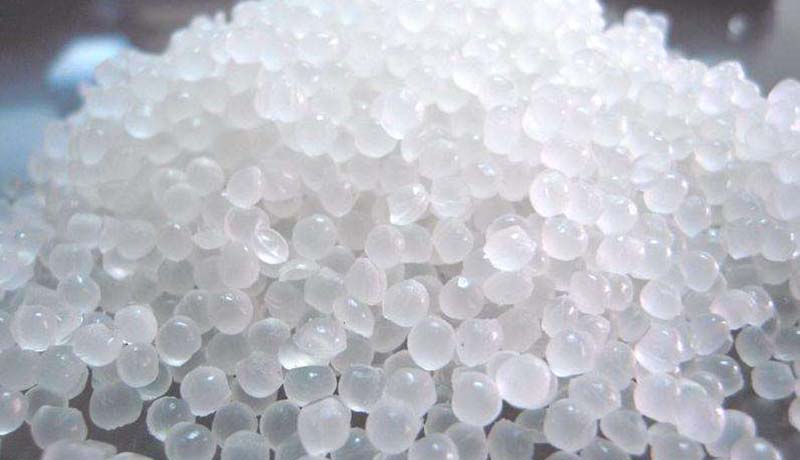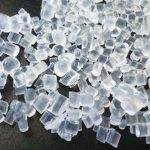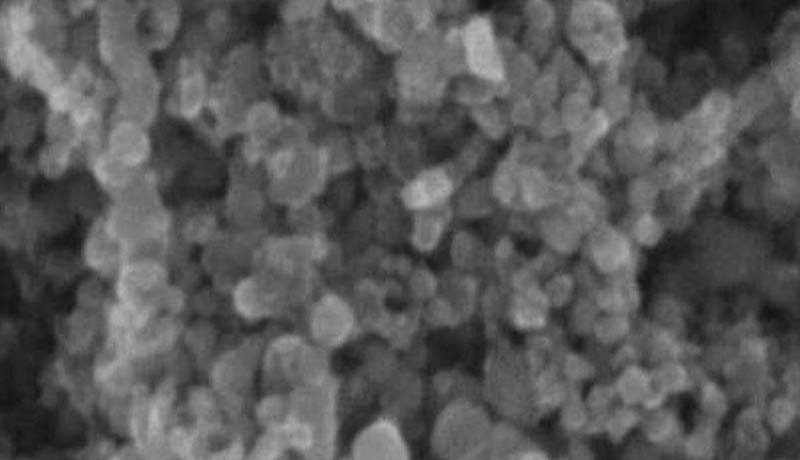In the world of textiles, two popular materials that are often compared are rayon and cotton. Both have a long history and a variety of uses, but they also have significant differences in their production, physical characteristics, and environmental impact. In this post, we will delve into the similarities and differences between rayon and cotton to help you make informed decisions about which material is best suited for your needs.
History and Production
Rayon is a semi-synthetic fiber that was first developed in the late 19th century. It is made from wood pulp, which is chemically treated and transformed into a cellulose solution. This solution is then extruded through a spinneret, which forms the fibers that are later spun into yarn.
Cotton, on the other hand, is a natural fiber that is harvested from the seed pods of the cotton plant. The seeds and other plant material are removed, and the fibers are cleaned, carded, and spun into yarn.
Both rayon and cotton can be made into a variety of yarn counts and types, such as single, double, or twisted, and can be woven or knit into fabric. However, the production process for rayon is more chemically intensive, and there are concerns about the environmental impact of the chemicals used. Cotton production also has an environmental impact, particularly in terms of the water usage and pesticides needed for cultivation.
Physical Characteristics
One of the most noticeable differences between rayon and cotton is the way they feel and drape. Rayon is known for its smooth, silky feel and its ability to absorb moisture, making it a popular choice for summer clothing. It is also more prone to wrinkling than cotton.
Cotton, on the other hand, is a more durable and sturdy material. It is known for its absorbency and breathability, making it a popular choice for towels and bedding. It also has a more matte finish and is less prone to wrinkling than rayon.
In terms of weight and stretch, both rayon and cotton can vary. Heavier cotton fabrics, such as denim, have less stretch than lighter cotton fabrics, such as muslin. Similarly, rayon can range from lightweight and flowy to heavier and more structured, depending on the yarn count and type of fabric it is made into.
Environmental Impact
One of the main concerns about the production of rayon is the use of chemicals, particularly in the pulping process. These chemicals can be harmful to both workers and the environment if not properly managed. In addition, the production of rayon requires large amounts of energy and water.
Cotton production also has an environmental impact, particularly in terms of water usage. Cotton is a thirsty crop, and it can take more than 20,000 liters of water to produce 1 kilogram of cotton. Pesticides and fertilizers used in cotton cultivation can also have negative impacts on the environment if not properly regulated.
Uses and Applications
Both rayon and cotton are used in a wide range of products, including clothing, home furnishings, and industrial applications.
In terms of clothing, rayon is often used in summer dresses, blouses, and other lightweight garments due to its smooth and absorbent nature. It is also used in the production of tire cords, surgical sutures, and other industrial applications.
Cotton is a more versatile material that is used in a wide range of clothing, including t-shirts, jeans, and underwear. It is also used in home furnishings, such as towels, sheets, and upholstery.
Both rayon and cotton have their advantages and disadvantages for specific uses and applications. Rayon’s smooth and absorbent nature makes it a good choice for summer clothing, but it may not be as durable as cotton or other synthetic fibers. Cotton, on the other hand, is a more durable and versatile material, but it may not have the same level of moisture-wicking ability as rayon.
One important consideration when choosing between rayon and cotton is the care and maintenance of the finished product. Rayon is more prone to shrinkage and should be handled with care, while cotton is generally easier to care for and can withstand higher temperatures in the wash and dry cycles.
Conclusion
In conclusion, both rayon and cotton are popular materials with a wide range of uses and applications. They have distinct differences in their history, production, physical characteristics, and environmental impact that should be considered when choosing which material is best suited for a specific purpose. Rayon is known for its smooth, silky feel and moisture-wicking ability, while cotton is a more durable and versatile material. Ultimately, the decision between the two will depend on the specific needs and preferences of the user.



